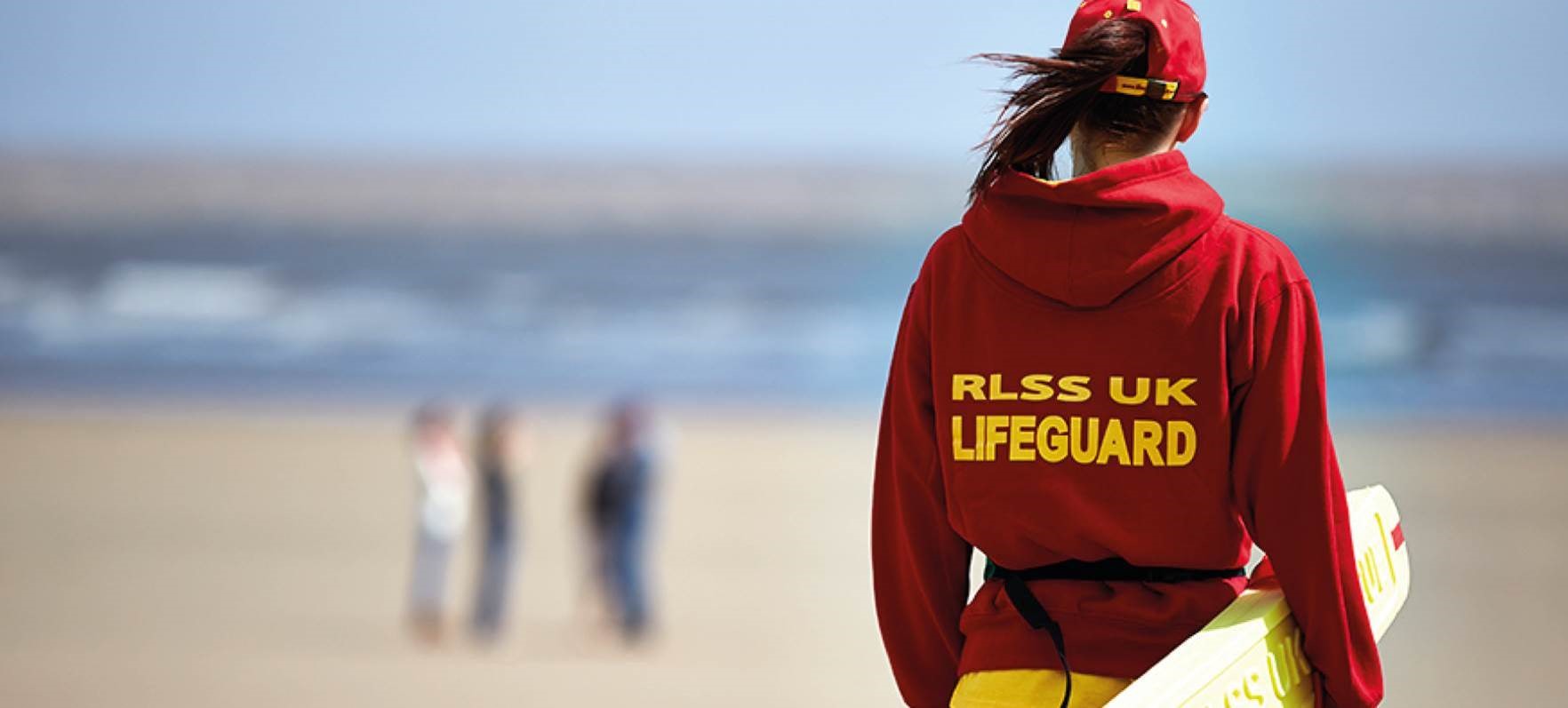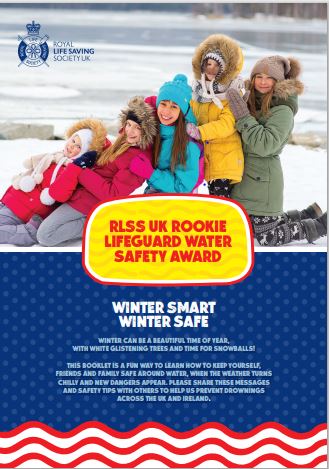Water Safety
Winter Smart - Winter Safe
Winter can be a beautiful time of year, with white glistening trees and time for snowballs! This booklet is a fun way to learn how to keep yourself, friends and family safe around water, when the weather turns chilly and new dangers appear. Please share these messages and safety tips with others to help us prevent drownings across the UK and Ireland. Click on the link at the end of this page for further information.

Staying safe near water is really important. Take a look and see how you can stay safe:
We have attached the below information as a PDF as well as Beach Flags that you may have seen if you have been to the seaside.
What Shall We Pack? (see the file below)
We have attached another activity from the RNLI for you to have a go at, at school or at home.
WATER SAFETY AT THE BEACH
Accidental drowning takes an average of 402 UK and Irish Citizens each year. More people die from drowning in the UK and Ireland than from domestic fires or cycling accidents.
![]()
Top 10 beach safety tips
- Seek advice from your travel agent when booking a holiday to ask if the beach is safe and whether trained lifeguards will be on duty
- Be aware that the most common time for children to have accidents on holiday is within the first hour of a holiday when parents are unpacking and distracted. Parents should take care during this time to make sure that they know where their children are
- When you have unpacked, visit the beach and look for yourself what the potential dangers are before going into the sea
- While at the beach, never let your young children out of your reach –supervision is the key to preventing serious accidents
- Always ask for local advice, for example from lifeguards, tourist information offices, local coastguard stations, or even local fishermen, on where and when it is not safe to stroll on the beach or enter the water
- Do not swim near or dive from rocks, piers, breakwater and coral
- Water safety signage can be very different in different countries, so find out what local warning flags and signs mean – and adhere to them
- Inflatable dinghies or lilos are a well-known hazard – there have been drownings as people on inflatables are blown out to sea and get into trouble. Do not use them in open water. Use them in sheltered and confined spaces, such as rock pools
- If you get stuck in quicksand or mud do not stand up. Lie down, spread your weight, shout for help and move slowly in a breaststroke action towards the shore
- If you witness an emergency, whether it is in the UK or overseas, know how to call for help
Rip Currents
Definition – Rip currents are currents of water typically flowing from the shoreline back out to sea. They are commonly formed by a build-up of water on the beached caused by wave and tidal motion but can also form where an estuary runs into the sea.
How to Escape
- Call for help
- If you have a buoyant aid (like a surfboard or inflatable), keep hold of it
- Do not swim against the current
- Swim parallel to the shore – this makes sure that you are swimming out of and not back into the rip current
- Once out of the rip current, swim towards the shore, being careful to avoid being drawn back in by feeder currents
Tides
In the UK tides are relatively regular and predictable, yet despite this fact every year a number of people are caught out by rapidly rising water and end up being trapped in isolated bays. If you intend to venture across any beach or bank affected by tidal water, make sure you know when the incoming tide is expected and know where all the exits are.
![]()
BEACH FLAGS

Red half over yellow
Lifeguarded area – swim between the flags

Red
Don’t go into the water

Black and white quarters
Surfing area, swimmers keep out

Orange wind sock
Shows the direction of the wind. If the wind is blowing out to sea do not go into the water on an inflatable (NB Advice is never to go into the sea on an inflatable)
Red and white quarters
Shark warning (unusual in this country)

